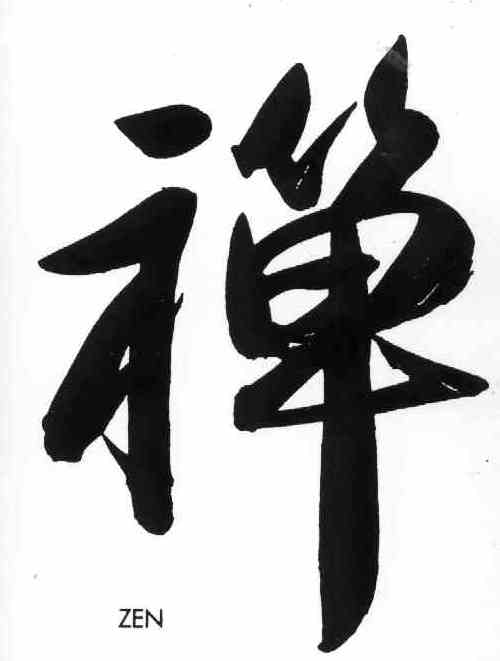NON-DUALITY

Non-Daulity
Question
The concepts in the Lankavatara Sutra are often referred to as non-duality. What term do you use for it?
-- Sifu Tim Franklin, Shaolin Wahnam UK
Answer
I also use the term non-duality. We may have to explain non-duality to many people, and most of them may not understand, or appreciate our explanation.
In Western religious term, it is God the Holy Spirit, not God the Father in heaven, nor God the Son in Jesus Chris.
God the Holy Spirit is undifferentiated, whereas God the Father and God the Son have forms. God the Holy Spirit is expressed in such terms as “everything is God”, and “there is nothing that is not God”. Most people do not really understand what these terms mean.
In Buddhist terms, this concept of non-duality is expressed as the Spiritual Body of the Buddha. It includes everything there is, and it is undifferentiated. In Sanskrit it is called “Tathagata”, which is often translated into English as “Suchness”. In Chinese it is “kong” (pronounced in English as /khung/), which is “Emptiness”.
In Taoist terms, non-duality is expressed as Tao (spelt as “Dao” in Romanized Chinese, but pronounced as /T’ao/ in English), which is usually translated as “the Way”. In vedantic literature it is called “Brahman”. In scientific terms it is expressed as “the universal spread of energy without any differentiation”.
In “Awakening of Faith in Mahayana” written by the great Indian master, Asvaghosa, in the 2nd century, this concept is called “One Heart”. I did an interpretation and explanation of Asvaghosa’s great work, and called the book “In Quest of Cosmic Reality”. Although it is still unpublished, I considered it my masterpiece, until I wrote “The Way of the Master”.
In the Treatise of Zhang San Feng named “Focusing Spirit Accumulating Energy in Grand Ultimate Practice”, the great Taoist master called the concept of non-duality “the Way of No Two Doors”.
LINKS
